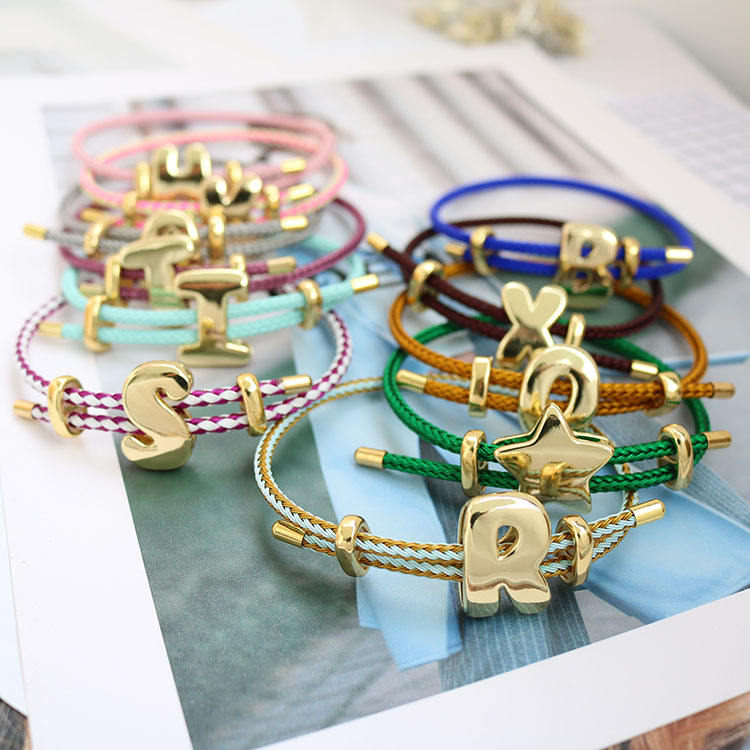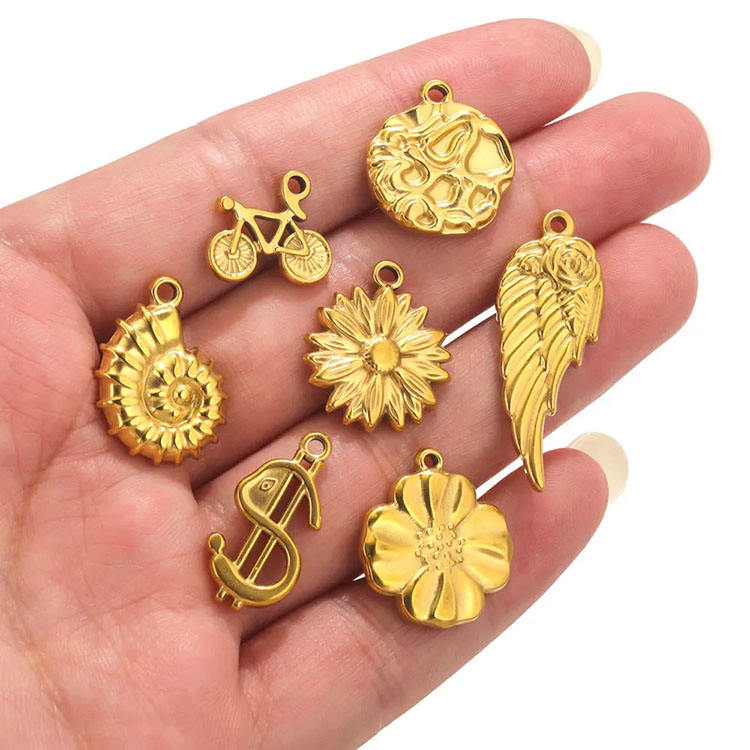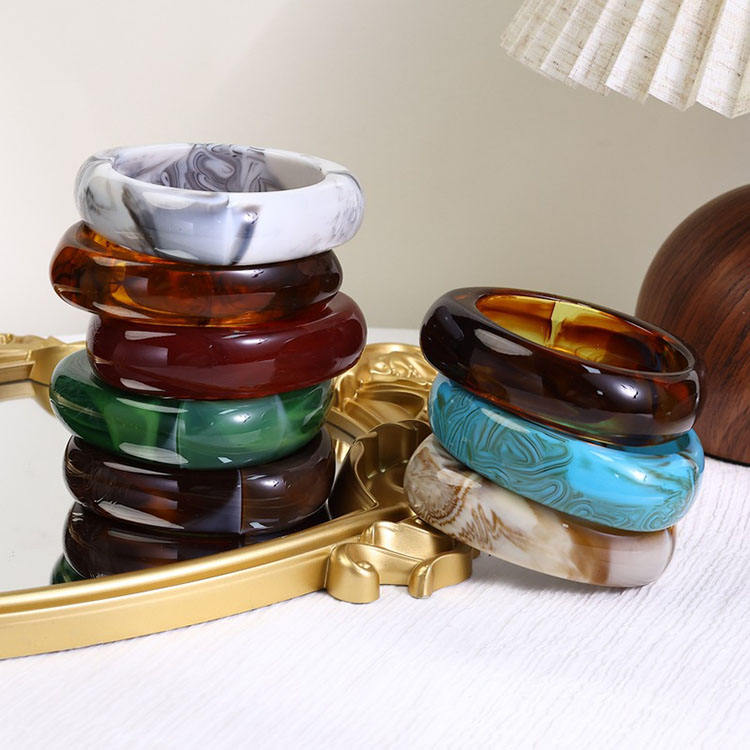The combination of 925 silver and natural agate has captured attention in global jewelry markets, but its reception varies significantly between Europe and Asia. While both regions appreciate the beauty and versatility of these materials, cultural preferences, aesthetic traditions, and market behavior shape their popularity in distinctive ways.
In Europe, there is a strong affinity for minimalist, nature-inspired jewelry that carries personal or symbolic meaning. Agate, with its unique layers and natural coloration, paired with the subtle elegance of 925 silver, aligns well with these tastes. The trend resonates particularly in markets such as Germany, the UK, and Scandinavia, where consumers value craftsmanship, sustainability, and understated design.
Across Asia, preferences are more diverse. In countries like Japan and South Korea, younger consumers have embraced silver and agate for their delicate and modern bohemian appeal. However, in regions with deeper traditions such as China and India, gold and jade remain culturally emblematic and are often preferred for ceremonial use, causing silver and agate to occupy a smaller, though growing, niche.
European markets show increasing demand for ethically sourced and artisan-crafted jewelry. Agate—each stone distinct—appeals to buyers looking for uniqueness, while silver’s recyclability supports sustainability values. Marketing terms like “earth-inspired,”“handmade,” and “healing” further strengthen its appeal.
In Asia, urban and style-conscious shoppers are driving interest in agate and silver jewelry, especially through social media and influencer culture. That said, the broader consumer base still often associates value with traditional materials, slowing wider adoption in more price-sensitive and conventional segments.
In Europe, silver agate jewelry is often viewed as accessible luxury—offering aesthetic and symbolic value at an affordable price point. It is frequently incorporated into daily wear and special occasion collections.
In parts of Asia, silver has historically been perceived as less prestigious than gold or platinum. While this is changing among younger generations, the cultural weight of traditional materials continues to influence buying decisions, particularly for gifts and formal events.
925 silver jewelry with natural agate enjoys stronger and more consistent popularity in European markets, where its design ethos and sustainable attributes align with consumer values. In Asia, it is increasingly popular among younger, urban audiences, though it has yet to surpass traditional materials in widespread cultural acceptance.
As global jewelry trends continue to evolve, the blend of silver and agate is finding its place in both markets—each appreciating it for different reasons, whether for its modern elegance, symbolic meaning, or natural beauty.









